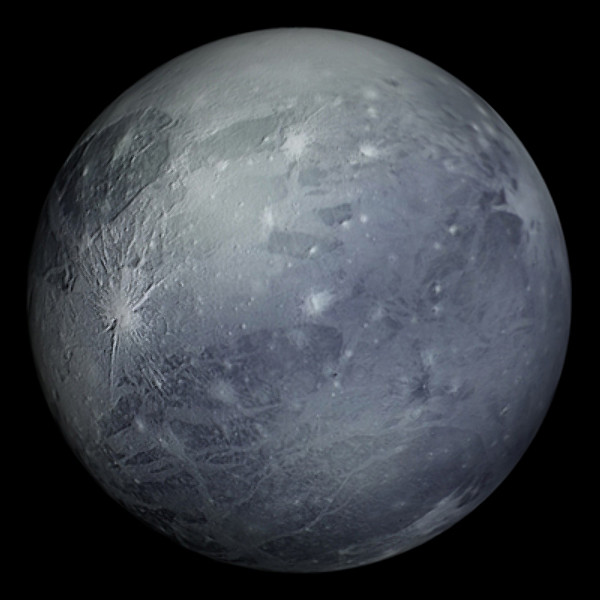
{Everyday, SnowBrains.com is gonna publish one “Brain” post per day. Something that we think will interest you, challenge you, and be something you can use in a dinnertime conversation that day.}
Pluto has fallen from grace. Most peope remember it as the 9th planet. Since, 2006, Pluto has been kicked out of the “Planet” category and is now considered a “Dwarf Planet” by the International Astronomical Union.
WHY PLUTO IS NOT A PLANET:
OK, here are the criteria for being a Planet:
-
- It needs to be in orbit around the Sun – Yeah, so maybe Pluto is a planet.
- It needs to have enough gravity to pull itself into a spherical shape – Pluto…check (an object of 500 miles in diameter will pull itself into a sphere)
- It needs to have “cleared the neighborhood” of its orbit – Ok, here’s the problem. This is the reason that Pluto is no longer considered a Planet.
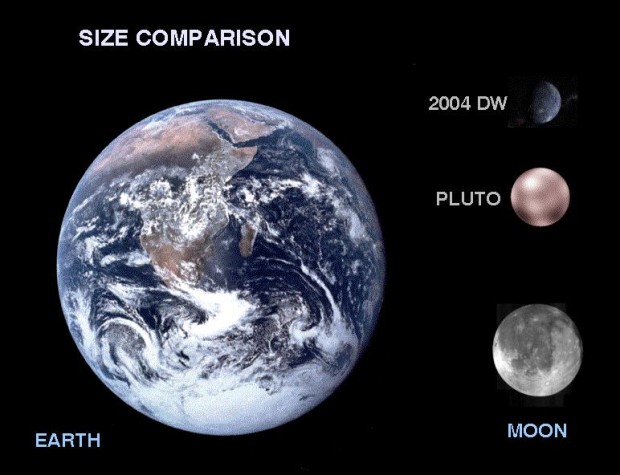
Comparing the Size of Pluto, Earth, and the moon
“Cleared the neighborhood” means that the “planet” has to be the dominant gravitational body in their orbit around the sun. This means that the “planet” has to cruise its orbit while consuming or slinging away smaller objects in its orbital path. Pluto is only .007 times the mass of the other objects in its orbit. Earth, in contrast, has 1.7 million times the mass of the other objects in its orbit. Pluto simply isn’t big enough to “clear its neighborhood” properly.
If you don’t meet this “cleared the neighborhood” criteria, then you’re considered a “Dwarf Planet”. Therefore, since Pluto hasn’t “cleared the neighborhood” so it has to be classified a “Dwarf Planet”, not a real planet.
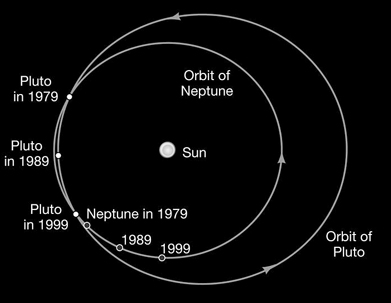
OTHER REASON’S PLUTO GOT THE BOOT:
– Pluto’s eccentric and inclined orbit (see below image) is totally different from all the other 8 planets
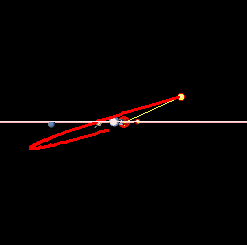
– There are other objects even further out than Pluto that are even bigger than Pluto (see below image)
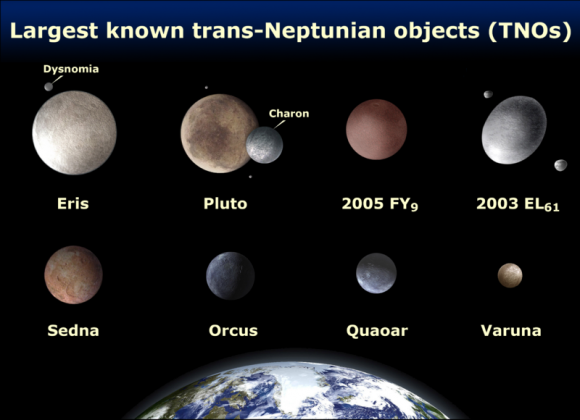
– Pluto has a relatively low mass of less than 1/5 the mass of our moon and 0.00218 the mass of Earth
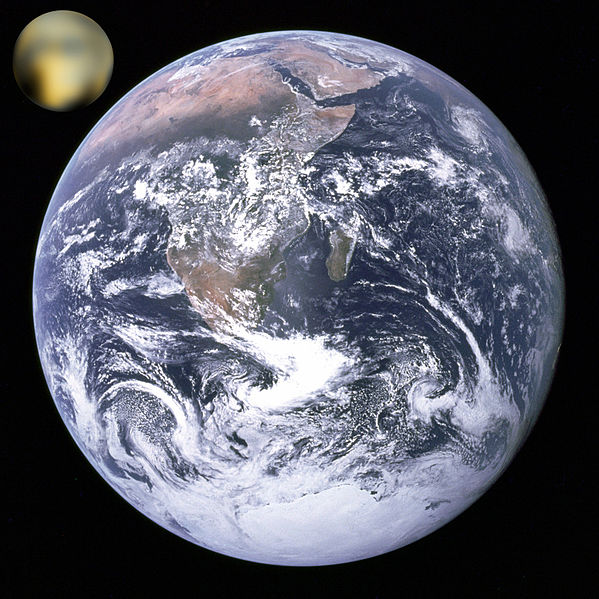
– One of Pluto’s moons, Charon, has a mass of about half of Pluto leading some scientists to believe that it’s a binary system with it’s center of mass somewhere in between the two objects.
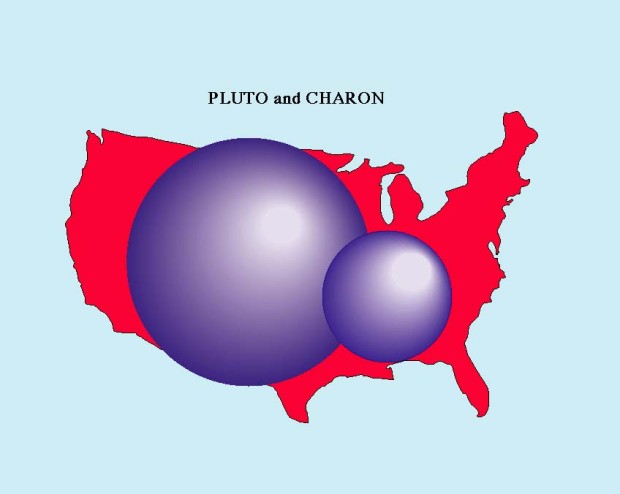
MORE PLUTO FACTS:
– Pluto has 5 moons: Charon, Nix, Hydra, Vulcan, Cerberus
– “A number of scientists hold that Pluto should continue to be classified as a planet, and that other dwarf planets should be added to the roster of planets along with Pluto.” – wikipedia
– In 2015, NASA’s New Horizons will be our first close look at Pluto and its moons as it flies by the dwarf planet.
– Pluto may not have been formed in our solar system. Many scientists believe that it was essentially an asteroid that was caught by the sun’s gravity and has been hanging out ever since.
– Pluto was discovered in 1930 BY Clyde W. Tombaugh at the Lowell Observatory in Flagstaff Arizona and was initially thought to be about the size of Earth. The size of Pluto continually went down over the years until it got kicked out.
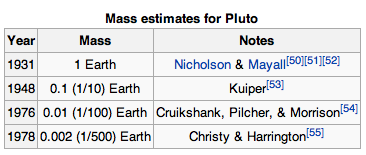
people who say pluto is a planet to be different make me want to hit my head on a wall. i think being the most popular dwarf planet of them all is pretty cool, let pluto orbit in peace…
Another rubbish explanation- what is the planet’s neighborhood? What has Pluto not cleared? I have a National Geographic Science Encyclopedia which says without evidence Earth and Jupiter have not cleared their neighborhood either.
1. To me that one makes perfect sense. Much like an employee needs a company to be considered an employee, a planet needs a solar system to be considered a planet.
2. As long as they cleared their neighborhood together, I would think they would just be considered binary planets, right?
So, based on these really arbitrary definitions that this consortium invented to tell everyone ‘look how smart we are!’, here’s an extension of their logic:
1. If a rogue gas giant travels through our solar system, it will not be considered a planet since it doesn’t orbit a sun
2. If Neptune and Jupiter were closer together, as a binary planetary system, they would be considered Dwarf Planets because their center of gravity would be in space somewhere. ‘Not clearing the neighbourhood’.
I ‘m sorry Pluto 🙁 SORRY!!!
‘
I ‘m sorry Pluto 🙁
‘
yall stupit
it didn’t meet d 3rd criteria designed by IAU to b classified as a planet coz it doesn’t clear d neighbourhood around its orbit dat is it is not big enough to be the dominant gravitational body in its orbit..and also it is constrained in its orbit by the gravity of Neptune & shares its gravity wid the kuiper belt objects
The picture is still Ganymede. Come on, snowbrains.com you and nineplanets.org are the only sites left too lazy to post the actual pictures of Pluto, now that they’re available.
Ok so the third points of the criteria says that the planet must “clear its neighborhood” this means that it is technically the only planet (around it’s orbit) that’s its size. Doesn’t that mean that technically Earth and Venus aren’t planets either? I mean they are close in size. Someone correct me if I’m wrong.
I don’t think so, because Venus and Earth aren’t in each other’s orbits.
Also, if we didn’t live on a planet, our egos would be seriously wounded.
Venus and Earth are almost the same sizes, but they have both cleared the surrounding area of smaller celestial objects. no, I didn’t get that off google.
It is right play to should not be a planet bcz it has no gravitational pull by upcoming scientist
I have it on the best authority that Pluto is not related to Bluto, who is supposed to be Popeye The Sailor’s dog. Anyone able to verify this? You go, Pluto, and you too Bluto!
Not Popeye’s dog, his nemesis, and rival for Olive Oil’s affection
i want to understand it all from the very start
That’s not a picture of Pluto 😛
Pluto’s way too far away from Earth to get a picture with even remotely as high resolution as that. It was only last month that they could get the first color picture of Pluto, and that was just two blurry barely recognizable blobs.
Yeah! You’re correct Jhon Smith.
I AM PLAYING THE PART OF PLUTO IN OUR SHEFFORD CHURCH CONCERT “STARS OF THE UNIVERSE” SO I NEED TO KNOW AS MUCH AS POSSIBLE ABOUT MYSELF! CLEARLY I AM NO THREAT TO ANY OF THE OTHER PLANETS, SO THIS IS A COMFORT.
Why is pluto not a planet this thing does not give ma a lot of information about pluto so send a note when you can
Sincirily natalie
The question was asked a year ago. I’ll answer it regardless.
When it was discovered that there are hundreds of objects in the solar system with similar characteristics to Pluto, the IAU had to define what a planet was.
They came up with the three criteria listed in the article above.
The third criterion, that an object must have “cleared its orbit” to qualify as a planet, roughly means that it must be the dominant mass in its orbit. The debris along Pluto’s orbit outmasses Pluto, while the planets are each thousands of times more massive than the debris in their respective orbits. This is why Pluto is not a planet.
Sincirily lol
The photo at the top is Jupiter’s moon Ganymede not Pluto .. http://4.bp.blogspot.com/-Bn9rJyvFlHg/Tld10ppMmUI/AAAAAAAALMU/UT8BnH1aNiY/s1600/kneedeepsnow.jpg4.jpg
nice catch
Revolve In Peace, Pluto.
Hope it didn’t come to this solar system to crash into earth. Like cleaning up the solar system. Enough mass to raise a few eyebrows in that case. A while ago the word asteroid was applied to Pluto if I remember.
Damn it! I was trying not to learn anything today.
Pluto, I still love you.
do we really